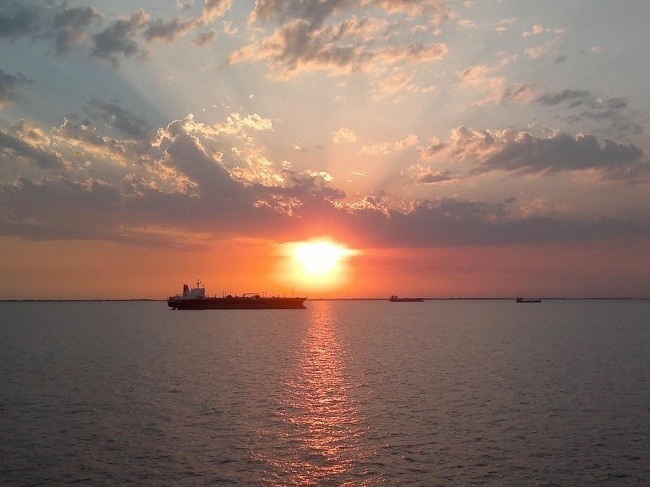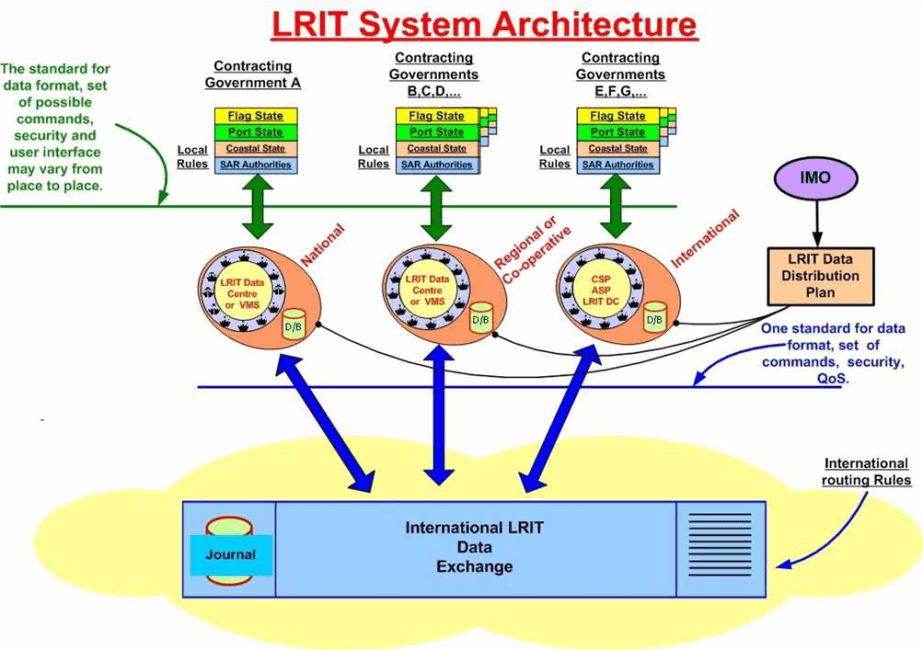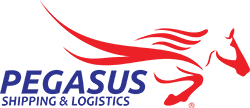The Long Range Tracking and Identification (LRIT) is an international tracking and identification system incorporated by the IMO under its SOLAS convention to ensure a thorough tracking system for ships across the world.
It came into existence on the 19th May 2006 and was incorporated formally starting from January 2008. Based on these lines, those ships which were built on or following 31st December 2008 were required to have this system of vessel identification.

LRIT system forms a very important ambit in the SOLAS convention. LRIT was designed as per the recommendations of one of the Maritime Security Committee (MSC) resolutions. The ship tracking system has been specifically incorporated. This has been done so that the countries that fall under the purview of the SOLAS convention can share the necessary marine security information along with all other required information about the ships that sail through the countries’ coastal boundaries.
The vessel tracking system is a clear system that does not allow any confusion to creep in with respect to the existing UNCLOS. In a similar manner, the tracking of ships system does not interfere with the individual maritime operational laws of countries where it is applicable.
As per the LRIT requirements, the ships that come under its purview are:
- All ships used for the purpose of passenger transportation. Such a criteria includes even the faster and speedier ships
- All offshore rigs used for the purpose of drilling oil in the high seas
- All ships used for the purpose of cargo-carrying. This criterion also includes speedier vessels as also ships with a weight of over 300 gross tons

There are many countries which have incorporated the vessel tracking system as a part of their oceanic operation. Starting with the earliest, some of the countries can be listed down as follows:
- The most number of vessels that have adopted the LRIT system are from the Panama Flag Registry – around 8000 ships
- The European Union adopted the ship tracking system in the year 2007
- Canada became the first SOLAS nation to incorporate the system to track ships in the year 2009, followed by the United States in the same year
- Amongst the South American countries; Brazil, Venezuela, Chile and Ecuador were some of the front-runners to have adopted the system. Ecuador was the last among these four nations adopting the system in the year 2010
The most important advantage of having this system is that the information required to be shared is restricted only to those parties which are required to have it. This reduces unnecessary problems and increases the transparency and viability of the system on the whole. The main requirements to the system’s application are the following:
- The transmitting device and gadget to send the information data
- Specific providers for this type of communication service. One such service provider is the Absolute Maritime Tracking Services, Inc. (AMTS) established by the Panama Flag Registry. This service provider is the sole service provider to those ships falling under the Panamanian registration
- Centers of data for the system
- Service providers for the overall application of the system
- A thorough distribution plan for the data collected from the system
- International data exchange for the LRIT application also forms an important part of the overall system requirements
Technology has helped us to achieve a lot and with the help of the Long Range Tracking and Identification technology, all unwanted and problem-inducing factors of maritime operational lines can be successfully attended to.
Nguồn: Marine Insight
Truc Hoang

Leave a Comment